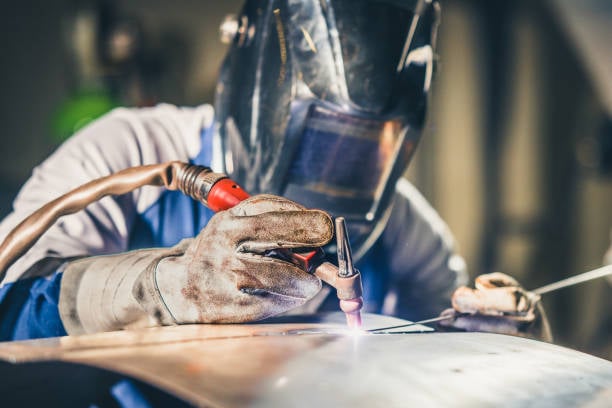injection mold repair: A Comprehensive Guide to Fixing Damaged Molds
Injection molding is a widely used manufacturing process that allows for the production of high-quality plastic parts. However, like any other tool, injection molds can become damaged over time or due to various factors. When this happens, it is crucial to address the issue promptly to ensure the continued efficiency and reliability of the manufacturing process. In this article, we will explore the different aspects of injection mold repair, from identifying common problems to implementing effective repair techniques.
1. Understanding Injection Mold Damage
Before delving into the repair process, it is important to understand the different types of damage that can occur to injection molds. Common issues include surface damage, such as scratches or pitting, as well as more severe problems like cracks or wear. By identifying the specific type of damage, you can determine the most appropriate repair method.
2. Assessing Mold Repair Feasibility
Not all damaged injection molds can be repaired. In some cases, it may be more cost-effective to replace the mold entirely. To determine whether repair is feasible, a thorough assessment should be conducted, taking into account factors such as the extent of the damage, the age of the mold, and the availability of spare parts. Consulting with experienced mold repair professionals can help in making this decision.
3. Cleaning and Preparing the Mold
Before initiating the repair process, it is crucial to thoroughly clean and prepare the mold. This involves removing any residual plastic, grease, or other contaminants. Cleaning can be done using specialized solvents or cleaning agents, followed by a careful inspection to ensure all areas are clean and free from debris. Proper preparation sets the stage for a successful repair.
4. Repairing Surface Damage
Surface damage, such as scratches or pitting, can affect the quality of the molded parts and compromise the integrity of the mold. Depending on the severity of the damage, various repair techniques can be employed. These may include polishing, grinding, or even re-machining the affected areas to restore the mold's original surface finish.
5. Welding and Filling Cracks
Cracks in injection molds can lead to significant problems, including part defects and mold failure. Welding is a common method used to repair cracks in molds. This involves carefully heating the cracked area and adding additional material, typically through a welding rod or wire, to fill the crack. The repaired area is then machined and polished to ensure proper fit and finish.
6. Addressing Wear and Tear
Over time, injection molds can experience wear and tear due to repeated use. This can result in dimensional inaccuracies, flash formation, or other molding defects. To address wear and tear, the damaged areas of the mold can be built up using various techniques, such as metal spraying or laser cladding. This helps restore the mold's original dimensions and functionality.
7. Preventive Maintenance and Upgrades
While repair is essential when mold damage occurs, preventive maintenance and upgrades can help minimize the frequency and severity of such issues. Regular inspections, cleaning, and lubrication can prolong the life of injection molds. Additionally, incorporating design improvements, such as better cooling channels or wear-resistant coatings, can enhance mold performance and reduce the need for future repairs.
8. Choosing the Right Repair Service Provider
Injection mold repair requires expertise and precision. Choosing the right repair service provider is crucial to ensure high-quality repairs and minimal downtime. Look for a provider with a proven track record, experienced technicians, and a comprehensive range of repair capabilities. Additionally, consider their turnaround time, cost-effectiveness, and customer support.
9. Implementing Proper Mold Handling Practices
Proper mold handling practices play a vital role in preventing damage and extending the lifespan of injection molds. This includes careful installation, regular cleaning, and appropriate storage. Training employees on correct handling procedures and emphasizing the importance of mold care can significantly reduce the risk of damage and the need for extensive repairs.
10. Cost Considerations and Return on Investment
When deciding whether to repair or replace a damaged injection mold, cost considerations are paramount. While repairs may offer a more cost-effective solution in some cases, it is essential to evaluate the long-term return on investment. Factors to consider include the expected lifespan of the repaired mold, the potential impact on production efficiency, and the overall cost of repair compared to replacement.

